Kanjivaram Silk Saree, also called Kanchipuram silk sarees stand out as one of the most esteemed and costly traditional Indian items. Known for their luxurious texture, exotic hues and elaborate patterns, they are a symbol of cultural inheritance and artistry from the South of the country. These are typically put on during important occasions like marriages, religious rites, or holidays; as a result, they are kept with high value in several homes within India.
The Heritage and Craftsmanship
There is no real comparison to the level of art involved when making a Kanjivaram saree. Made with only pure mulberry silk and zari, a gold or silver thread, in Kanchipuram, Tamil Nadu, city, these sarees require exquisite craftsmanship; as a matter of fact, The procedure used for weaving these sarees is so detailed and time-consuming that it takes up to several weeks just to make one of them. Each saree is a display of the cloth maker’s inherited ability.
Why Purity Matters
The authenticity of Kanjivaram silk sarees is important in several ways. Pure Kanjivaram sarees not only keep up with the standard of quality expected from such a luxurious type of fabric but they also bear cultural and sentimental significance to them. In order to buy into a real heritage, it is quite important for one desiring to purchase a pure Kanjivaram saree to know how she can differentiate from other types that are not genuine since there are so many counterfeits in the market including those made from synthetic blends.
Here’s a detailed guide to help you identify a pure Kanjivaram silk saree:
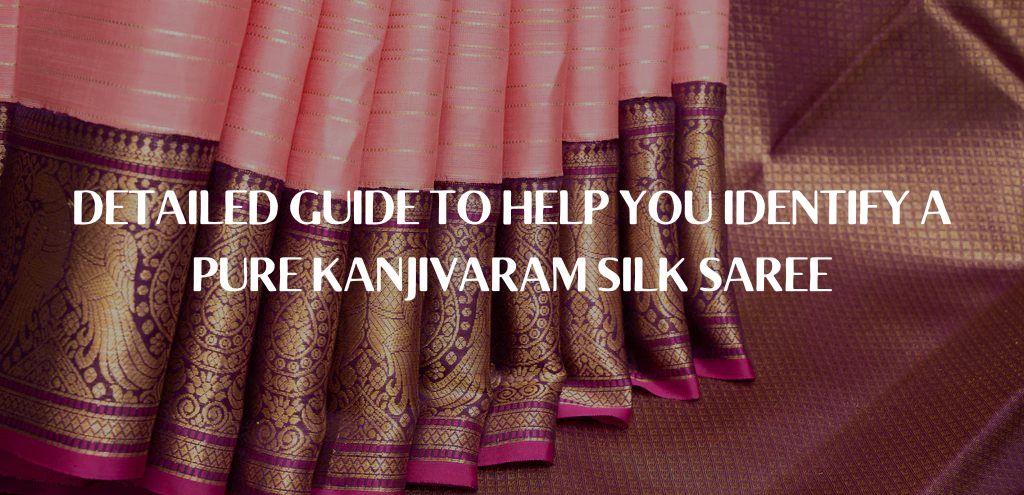
- Silk Mark Label: In order to know if a saree is real silk or not, you will have to check for the Silk Mark tag. The Indian (SMOI) organisation known as Silk Mark Organization of India certifies that this fabric’s true identity falls under pure silk which means it’s genuine.
- Lustre Test: The high-quality mulberry silk threads in genuine Kanjivaram sarees give them a subtle sheen. Therefore, you could try observing it under natural light from different angles. Conversely, one without the sheen or dull is likely to be fake.
- Weight Check: Kanjivaram sarees are famous for being made of densely woven threads and zari work which make them heavier. Please lift this sari with your hands so you can now see how heavy it really is; lightness means that it’s not 100% pure silk.
- Texture Test: The touch is incredibly soft and smooth with genuine Kanjivaram silk. Move your hand gently over the saree. While supervising, it should be elastic and move along easily. A blend or a counterfeit might be suggested by roughness or a coarsely developed surface.
- Drape Test: The drape of a Kanjivaram saree is one of quality silk that has a beautiful, fluid drape. Hold one end of the saree and release it; it should fall gracefully into place and form elegant folds. There may be an appearance of a less pure material if there is stiffness or inflexibility.
- Zari Test: The identification of genuine Kanjivarams includes the use of an essential material which is known as Zari. This is a metal thread that has been wrapped around silk thread to make a precious element. There are so many zari manufacturers but genuine gold or silver threads are used to produce original ones. Just rub a small spot on the fabric and if the colour changes then you can confirm that it is real zari with pure gold plating on it. However, when scratched softly, it reveals red colour meaning this is real gold zari; however, broken white threads could imply otherwise.
- Price: Though not always certain, authentic Kanjivaram sarees are famous for their superb workmanship but are often expensive. When the price is so attractive, beware!
Historical Context
Origins of Kanjivaram Silk
Silk weaving in Kanchipuram has a long tradition of over 400 years. It originated in the remote town of Kanchipuram by migrants of weavers from Andhra Pradesh in Tamil Nadu state which were the first to refine this art. What can be called the iconic Kanjivaram saree came about through that marriage of their intricate weaving skills and fine silks available here.
Evolution Over Centuries
The design and technique of the Kanjivaram saree have changed over the years. Initially, they were mostly made for the royalties and the high class, and their patterns often featured symbols borrowed from nature and places of worship. Contemporary threads have been integrated into the old fabrics bearing modernised designs yet retaining the elegance inherent. As such, there has been an emergence of artificial colouring agents thereby broadening the range of hues that may be used in tandem with the established weaving styles.
Cultural Significance in South India
In South India, Kanjivaram sarees mean more than mere cloth; they mean an indispensable portion of cultural and religious dressing that should be put on during certain beneficial times and symbolise pureness and prosperity among others. Also representing family tradition and ancestry, they are also passed down as inheritances over generations. These deco designs with vibrant shades definitely form part and parcel one’s collection if not the most required at such moments like marriage ceremonies or on such occasions as Diwali even among South Indian communities today.
Key Characteristics of Pure Kanjivaram Silk Saree
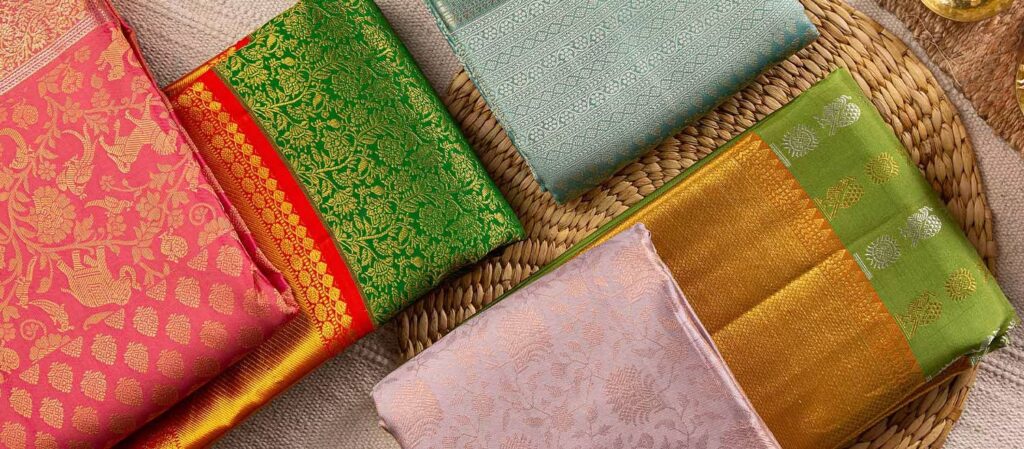
Distinctive Weaving Techniques
Threading technique is the core characteristic of pure Kanjivaram silk saree. It is made from unadulterated silkworm threads that are twisted and coloured in advance and then interwoven. The interlocked korvai method is used to weave separately together the body with the border of the saree, making it strong and allowing the border to stand out conspicuously from the body.
Material Composition
High-grade mulberry silk is what pure Kanjivaram sarees are created from. Tradition has it that the zari used in these sarees is always spun by hand using pure threads of gold or silver. The overall product is a saree made of these materials that is both appealing to the eyes and durable. When compared with other fabrics, Kanjivaram pure silk lacks the glossy artificial look that comes with them meaning it remains smooth alongside having its own unique feel that is impossible to be copied by synthetics.
Traditional Motifs and Patterns
Kanjivaram sarees have patterns that are based on South Indian culture’s rich heritage. These patterns have effects like temple borders, checks, stripes or floral prints. Each pattern bears its own unique tale, usually connected with the environment’s biodiversity and structures. All these archetypal structures are carefully incorporated into the saree in such a way as not only adds beauty to it but also gives this material a cultural meaning.
Technical Specifications
Thread Count and Density
A pure Kanjivaram silk saree generally has a high thread count and therefore, higher density as well as weight. The more the threads, the better the fabric quality in terms of both fineness and toughness. This quality is responsible for which among others the Kanjivaram sarees typically hang beautifully and appear solid on somebody.
Weight and Feel of the Fabric
Kanjivaram sarees are famous for being heavy. Their richness is attributed to the use of natural silk as well as gold or silver threads woven into zari which in turn makes the fabric thick. One cannot help noticing that this material has a touch that is plush and smooth; this trait sets it apart from lightweight synthetic saris unlike when draped over oneself, whereby one would feel its heaviness due to its sheer weightlessness when using other types of materials.
Colour and Dye Quality
The vibrant and long-lasting colours of a Kanjivaram saree result from the application of high-quality dyes. Deep and rich traditional Kanjivaram sarees mostly come in colours of red, blue, green and gold. The dyes are done very carefully to ensure that the colours do not fade off easily but retain their lustre throughout the year.
Identifying Authenticity
The Silk Mark Certification
If you want to know whether a Kanjivaram saree is real, find the Silk Mark certification. From the Silk Mark Organization of India, the certification shows that the saree is pure silk. Make sure that there is always this particular marking when buying this type of saree lens you will not buy fakes.
Burn Test for Purity
Silk purity can be tested through its burn test which is a traditional method of testing. In a burn test, one burns a small thread taken from any saree thus; when it is burnt, true silk smells like one’s burnt hair releasing soft ash while false or synthetic fibre burns like melted wax with hard residue. Though it could be helpful for some reasons, it must always be exercised cautiously so as not to destroy the Indian garment.
The Ring Test
Another simple test for determining whether a silk saree from Kanjivaram is pure involves using a ring to pass it since its softness and fineness of the texture enable pure silks to pass through rings without much difficulty. This may aid in identifying authentic silk at first sight but it provides only some clues and not solid evidence.
Visual and Physical Inspection
Examining the Zari Work
Traditionally, real gold or silver are used to make zari in a pure Kanjivaram saree. Rich and lustrous finish characterises authentic zari, which hardly fades or gets tarnished. To identify whether or not it is genuine the zari work should be carefully examined. Typically, fake zari looks dull and may eventually become tarnished.
Checking for Irregularities
Kanjivaram silk sarees are often handmade and have minor irregularities or weave variations that are typical of handspun fabrics. Some of these flaws are typical, adding to their unique charm. Conversely, the uniform and flawless appearance of machine-made creations makes them distinct.
Texture and Shine
The Kanjivaram saree, made of pure silk, is unique because of the texture and shine it has. Genuine silk glows but not in a harsh way; it is gentle. It should be smooth to the touch. On the other hand, synthetic saris tend to look shiny like plastic, and usually have rough textures.
Expert Insights
Interviews with Weavers
Weavers who have worked a lot are the right people that should be talked to if you want to know how well made Kanjivaram sarees are. Oftentimes these craftsmen have been doing it for years and hence know everything about real sarees that no one else knows at all. They will show you how to recognize a real one and give some examples from their experience.
Insights from Textile Experts
Textile experts are the best people to help you in identifying pure Kanjivaram silk scientifically. Their fabric analysis skills and familiarity with how real weaves are made can make it easy to separate real sarees from fake ones. Contacting them especially when you want to spend much on Kanjivaram sarees can be of great help.
Testimonials from Kanjivaram Enthusiasts
One often goes on the web to find customer testimonials even though they are not typically trustworthy sources of information. This helps them get more information than can be found at one time, but it also makes it harder for them to discern facts from fiction.
Common Pitfalls and Myths
Misconceptions About Cost
One of the most common misunderstandings is the high price tag equivalent to truthfulness. Although they are costly due to their high-quality fabric and skill, authentic Kanjivaram sarees are always costly. However, a high cost should never be assumed to translate to authenticity. A combination of other aspects like certification, weaving method used and how reputable the seller is must also be taken into account.
Myths About Maintenance
A considerable number of superstitious beliefs revolve around the preservation of Kanjivaram sarees, one of them being that these sarees are very hard to maintain. Certain prescriptions aside, with the right approach to storage and handling, the saree can remain in mint condition over time. Prolonged fabric and zari life can be achieved through shunning strong chemicals as well as aeration.
Avoiding Common Scams
The market is full of fraud in Kanjivarams. Many sellers pass off artificial silk for real pure silk or even use imitation zari. Secure yourself by only buying from well-known vendors who can provide certificates. Having this knowledge about the different ways people try to trick others when buying kanjivarams could make one escape making big money errors in purchasing it.
Price and Value Considerations
Understanding Market Rates
Factors like the quality of silk, intricacy of the design, and purity of the zari greatly affect how much a pure Kanjivaram saree costs. To enable purchasers to make more rational choices, it is important that they know what the current prices are in the market. Analysing what other sellers are charging these days will give an indication if this is reasonable, or too high compared to what one can afford.
Factors Influencing Cost
The price of a Kanjivaram saree is affected by various aspects or facets such as silk quality, how zari is incorporated in terms of quantity and purity as well as how complex the patterns are. Custom designed pieces, on the other hand, are sold expensively in most cases just because more work has gone into making them up. Price fluctuations occur due to seasonal changes and there is also some effect on costs as per demand experienced especially during festive periods plus wedding ceremonies.
Investment Value of Pure Kanjivaram Sarees
Due to their timelessness and durability, Pure Kanjivarams are generally believed to be long-term investments while appreciating unlike their artificial counterparts once taken care of over time. Buying such a saree would be an investment not just a purchase on an antique tradition.
Maintenance and Care Tips
Proper Storage Techniques
Properly storing Kanjivaram sarees is crucial if one is to maintain their quality. Therefore, these types of sarees should not come into contact with direct sunlight but kept in cool, dry places instead. Putting on cotton saree bags made of muslin fabric ensures that you don’t get yellow spots while tarnishing on its zari material is prevented. After all, at times it is recommended that one should fold it again just to avoid the permanent creases.
Cleaning and Handling
Kanjivaram sarees are best for dry cleaning. To avoid ruining the delicate silk and zari trim one should avoid mild detergents and machine washing services while as for hand washing, one may also use harsh soap which comes in handy during such an occasion. In order to keep its shape and texture; don’t twist but rather press gently on these garments when removing excess liquid after rinsing off with cold running water.
Preserving the Zari
Maintain Kanjivaram sarees so that their zari work remains glittery and smooth. Do not subject it to any perfumes, water, or deodorants since they are the major causes of its tarnishing. This way, its brightness will last longer by placing the saree in a dry place while frequently exposing it to air.
FAQs
How to Differentiate Between Pure and Blended Kanjivaram Sarees?
100% Mulberry silk is used in the creation of Pure Kanjivaram sarees, whereas blended saris contain man-made fibres. By doing so, it will be easier to distinguish between them by checking their texture, and weight and by conducting other tests such as burning tests. Conversely, pure silk is soft and has an organic lustre, blended fabrics are rougher and shinier from a more artificial perspective.
What Are the Signs of Fake Zari?
Imitation gold thread is unattractive and loses its shine within a short time while Zari made from either gold or silver remains shiny for longer periods. Keen observation on any piece of clothing usually reveals whether it is fake or not through close examination where metallic threads are assessed for uniformity and reflection properties. Furthermore, the original Indian gold lace does not show regular use signs (crumpling) even after long periods due to its weightier feel compared with false materials made out of polyester.
Can Pure Kanjivaram Sarees Be Machine Washed?
Machine washing pure Kanjivaram sarees is not recommended since the silk and zari work are delicate and can be ruined by the agitation and detergents used in machine washing. Therefore, these sarees are best cleaned through hand washing with mild detergents or dry cleaning
What Makes Kanjivaram Silk Unique Compared to Other Silks?
Kanjivaram silk is famous for its exceptional quality mulberry silk, complex weaving techniques as well as the use of pure gold or silver zari. Its traditional designs and motifs, adapted from South Indian culture, make it different from all other silks. With its feeling of luxury and long-lasting nature, Kanjivaram silk is a treasure beyond comparison.
Summary of Key Points
One can spot a pure Kanjivaram silk saree by familiarising themselves tailors characteristic attributes like weaving styles, material content and historical designs. Certification, physical examination or an expert’s opinion is enough proof that the saree is actually what it purports to be. Such information would enlighten you on the best way possible to ensure these garments last longer as well as respect their historical significance.
Final Thoughts on the Importance of Authenticity
Despite the fact that authenticity in Kanjivaram Silk Sarees is important because of its quality consideration alone, It also aids in preservation of our cultural heritage; buying a genuine Kanjivaram Saree actually means appreciating craftsmanship and culture passed over a long period. They are supported by it; thus encouraging them continues motivating handloom labourers’ involvement in the production process since the work supports their economic conditions.


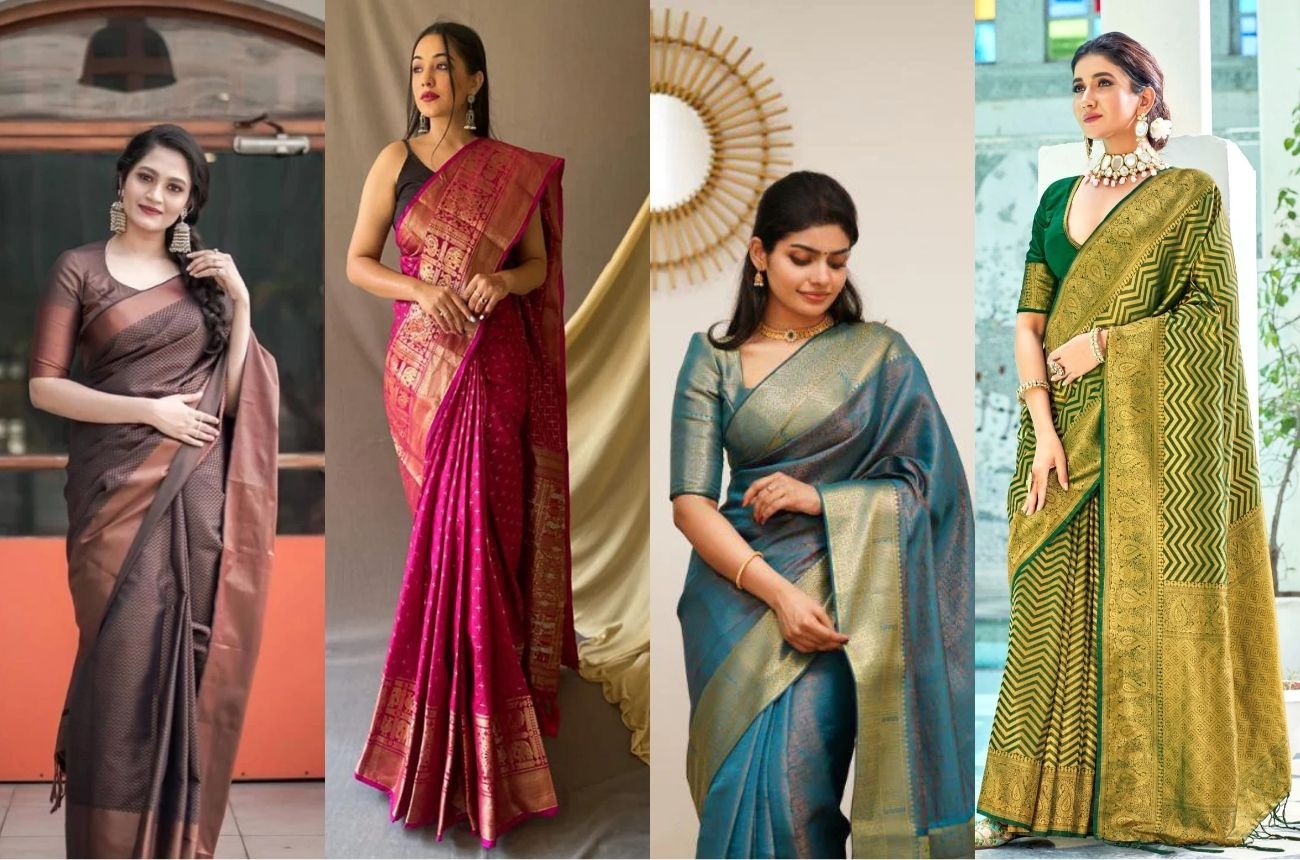
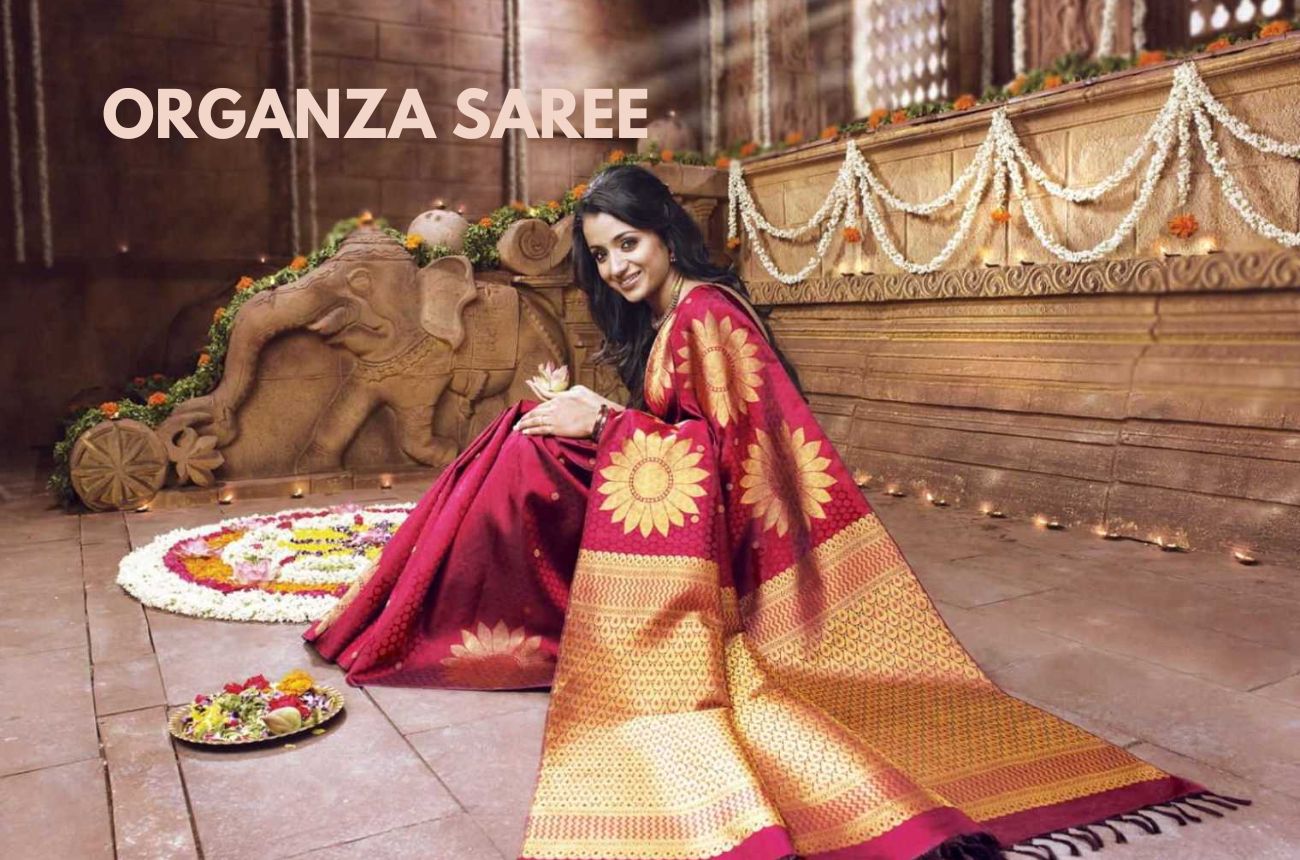
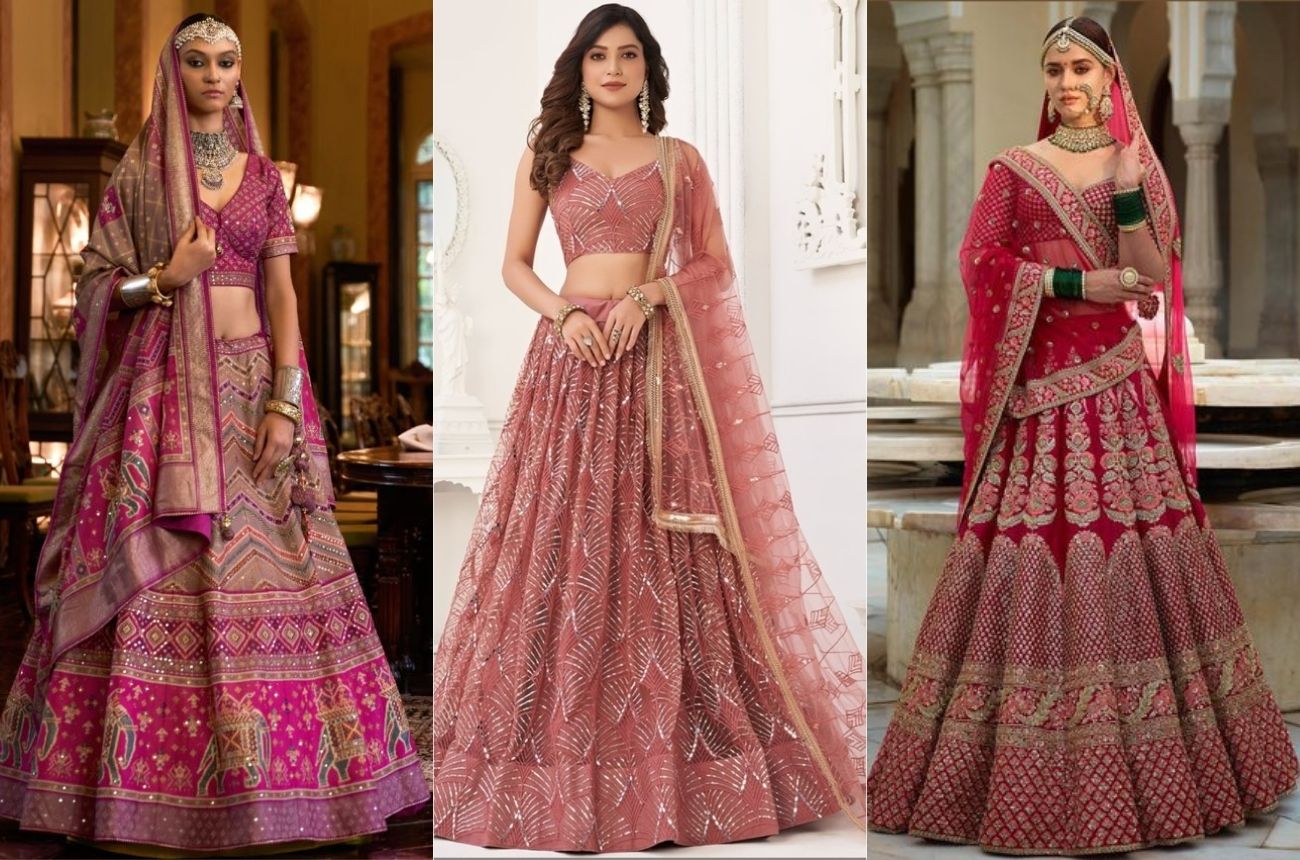
One thought on “How to Identify a Pure Kanjivaram Silk Saree: A Comprehensive Guide”
Comments are closed.